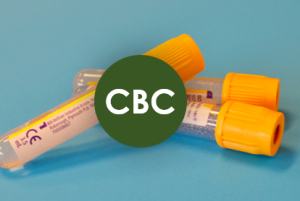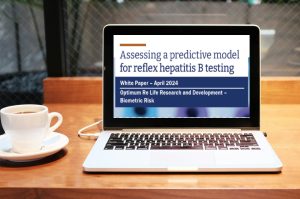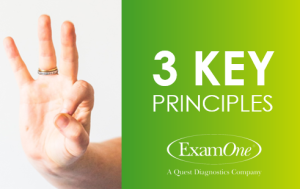Insurance Experts Meet to Learn About ExamOne RiskIQ
Related
Email Newsletter
Stay up-to-date with the latest news and information from the life insurance industry by subscribing to Insights, our monthly newsletter.
About
Follow Us
Links
Your Privacy Choices | Privacy Notices | Privacy Shield | Terms | Accessibility | Language Assistance / Non-Discrimination Notice | Asistencia de Idiomas / Aviso de no Discriminación | 語言協助 / 不䈚視通知
Quest, Quest Diagnostics, any associated logos, and all associated Quest Diagnostics registered or unregistered trademarks are the property of Quest Diagnostics. All third-party marks — ® and ™ — are the property of their respective owners. © 2000-2025 Quest Diagnostics Incorporated. All rights reserved.




















Those undetected risks can dearly cost insurance companies. Insurers can expect accidents to happen and claims to be paid fairly early during a policy. But what about underlying medical conditions that are not properly rated?
ExamOne recently hosted 65 insurance industry representatives to learn more about Risk IQ and how this tool can improve the accuracy of risk assessment, while shortening underwriting time. Using case studies for different insurance applicants, Risk IQ showed instances where different data highlighted cryptic risk. On the other hand, it showed some instances where people should have received coverage or a better rating – “the hidden healthy.”
As assessed by Risk IQ, more than 30 percent of applicants currently excluded from preferred pools actually present lower mortality risks than the majority of preferred-qualified individuals. Conversely, more than 25 percent of preferred applicants actually exhibit higher mortality risk than most non-preferred individuals.
The March 2011 edition of On The Risk: The Journal of the Academy of Life Underwriting (subscription required) published research that examines the approach that Risk IQ uses in gauging mortality risk.